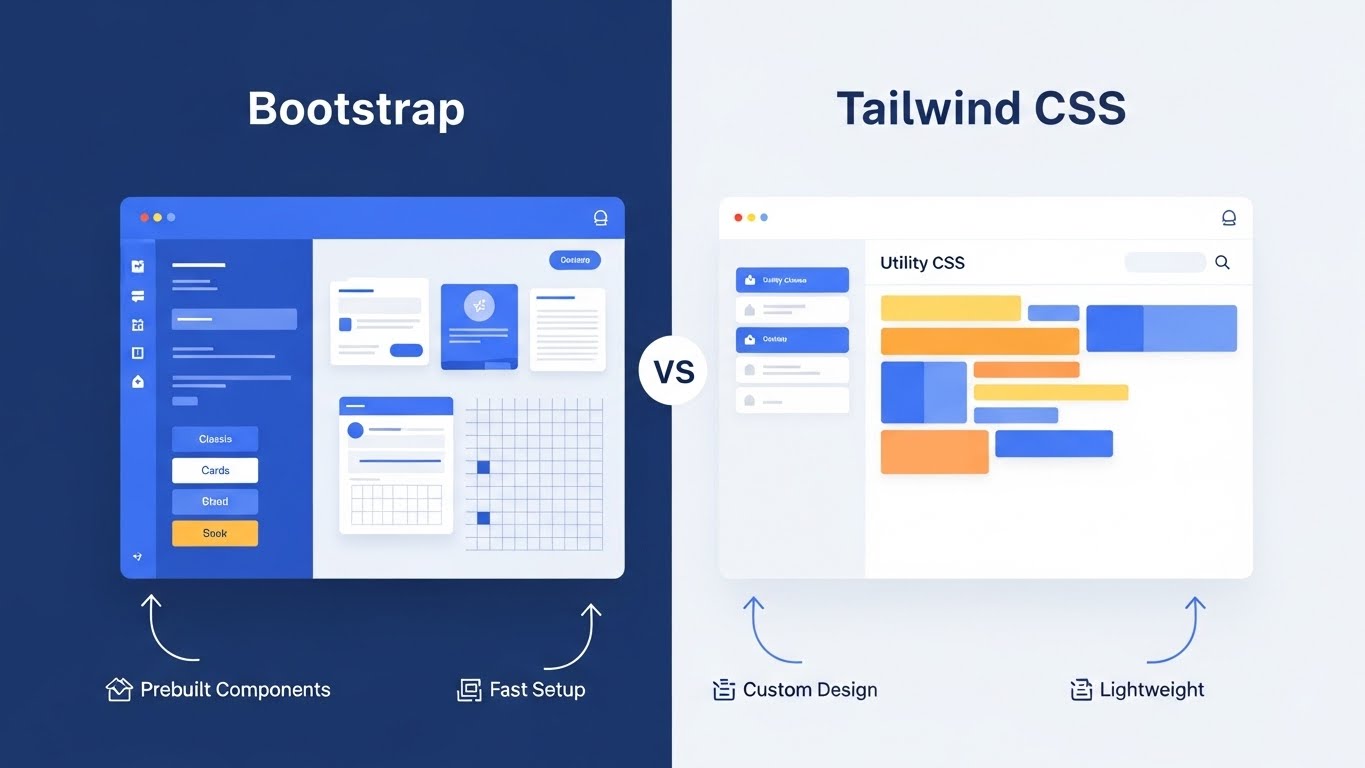Understanding the Intel Core Processor Hierarchy (i3 vs i5 vs i7 Explained)
If you’ve ever shopped for a laptop or desktop PC, you’ve likely come across terms like Intel Core i3, Core i5, and Core i7. But what do these names really mean, and how do they affect performance?
Intel’s Core processor hierarchy is designed to help buyers understand which CPU tier matches their needs. Think of them like car engine sizes:
Core i3 → Compact Sedan – efficient, budget-friendly, great for light users.
Core i5 → Mid-size SUV – balanced, versatile, ideal for multitasking and gaming.
Core i7 → Sports Car – powerful, premium, built for demanding workloads.
💡 Pro Tip: You don’t always need the most expensive CPU. The best choice depends on what you do — not just the model number.
Intel Core Comparison Table (i3 vs i5 vs i7)
| Category | Core i3 | Core i5 | Core i7 |
|---|---|---|---|
| Performance Tier | Entry-level – Basic use | Mid-range – Balanced multitasking | High-end – Performance-focused |
| Ideal For | Students, office, browsing | Developers, gamers, creators | Power users, editors, heavy multitaskers |
| Core/Thread Count | 2–4 cores / 4–8 threads | 4–6 cores / 8–12 threads | 6–8+ cores / 12–16+ threads |
| Clock Speed | 1.8–3.4 GHz (low turbo) | 2.4–4.5 GHz (Turbo Boost enabled) | 2.8–5.0+ GHz (higher Turbo Boost) |
| Graphics | UHD / Basic Iris | Iris Xe (light gaming possible) | Iris Xe + often paired with dedicated GPU |
| Multitasking | Limited | Smooth for moderate tasks | Excellent for VMs, editing, compiling |
| Power Efficiency | Great for battery life | Balanced power + performance | Higher consumption but much faster |
| Price | Budget | Mid-range investment | Premium but powerful |
What Sets Intel Core i3, i5, and i7 Apart?
1. Core Count & Threads
i3 → Fewer cores, suitable for basic tasks.
i5 → More cores + hyper-threading, better multitasking.
i7 → 6–8+ physical cores, perfect for video rendering, development, and 3D workloads.
Example:
i3: Student writing essays + browsing YouTube.
i5: Web developer using VS Code + Chrome + Node.js.
i7: Full-stack developer running Docker + Virtual Machines.
2. Turbo Boost & Clock Speed
i3 → Lower base speeds, older models may lack Turbo Boost.
i5 → Snappy performance in short bursts, better for coding + gaming.
i7 → Higher clock speeds (up to 5 GHz), ideal for heavy apps & compiling code.
3. Integrated Graphics Performance
i3 → Basic UHD, good for video playback.
i5 → Iris Xe, can handle light gaming like Valorant, CS:GO.
i7 → Often paired with NVIDIA/AMD GPUs, built for AAA gaming & design software.
Real-World CPU Recommendations
Core i3 – Best For:
Students on a budget
Office tools (MS Word, Excel)
Browsing, Netflix, YouTube
Light productivity
Core i5 – Best For:
Gaming on medium settings
Web & app development
Light video/photo editing
Multitasking
Core i7 – Best For:
Professional content creation (Adobe Premiere, Blender)
3D modeling, CAD software
High-end gaming (AAA titles)
Running multiple virtual machines
Gaming Performance (i3 vs i5 vs i7 for Gaming)
If you’re into gaming, here’s the breakdown:
Core i3 → Handles esports titles (Valorant, LoL, CS:GO).
Core i5 → Good for most games at 1080p/1440p with a decent GPU.
Core i7 → Best for AAA games (Cyberpunk 2077, Call of Duty) at high FPS when paired with RTX graphics cards.
Is Core i7 Always Worth It?
Not always. A newer-gen Core i5 (13th Gen) can outperform an older i7 (10th Gen).
Example:
- A 13th Gen i5 is faster, more power-efficient, and has better thermal performance than a 10th Gen i7.
Rule of Thumb: Always prioritize newer generation CPUs over older higher tiers.
Summary: Which Intel Core CPU Should You Buy?
i3 = Light Use (browsing, office, streaming)
i5 = Balanced (coding, gaming, editing)
i7 = Powerhouse (multitasking, 3D, VMs, AAA games)
Generation Matters More than just the tier.
Choose the CPU that fits your workflow, budget, and future needs.
FAQs About Intel Core i3, i5, and i7
What is the difference between Intel Core i3, i5, and i7?
Core i3 is entry-level, Core i5 is mid-range, and Core i7 is high-end — offering better cores, clock speeds, and multitasking ability.
Is Intel Core i5 good for gaming?
Yes. Core i5 (especially 11th Gen and newer) handles most modern games smoothly when paired with a dedicated GPU.
Is i7 better than i5 for developers?
Yes, if you run Docker, VMs, or heavy builds, i7 will save you time. But for most web/app developers, an i5 is more than enough.
Which is better for students: i3 or i5?
Students who just browse and write assignments can go with i3, but if you also do light editing or coding, i5 is a better investment.
Does Intel generation matter more than the model number?
Absolutely. A 13th Gen i5 often outperforms a 10th Gen i7 in performance, efficiency, and thermals.

